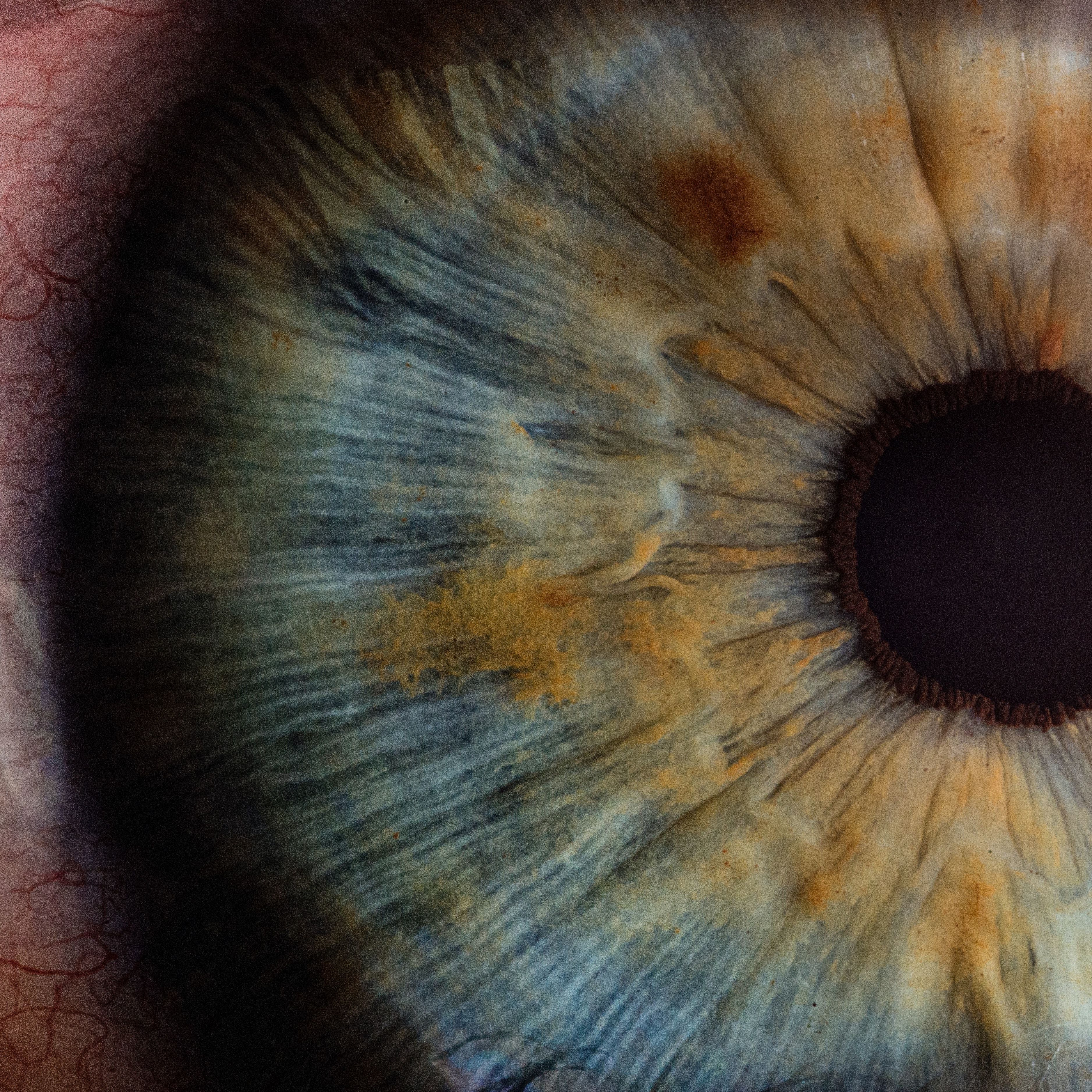Article
Sutimlimab Demonstrates Efficacy for Cold Agglutinin Disease
Author(s):
In a 10-patient study, sutimlimab halted the destruction of red blood cells in patients with cold agglutinin disease.
Sutimlimab seemed to be effective in treating cold agglutinin disease, according to the results of a recent, small study. Cold agglutinin disease is a type of hemolytic anemia with no current approved treatments and affects about 10,000 people throughout the United States and Europe.
A multinational team of investigators recruited 10 patients with the disease to participate in the first-in-human trial, which was designed to solve the hemolytic anemia. The patients were all between the ages of 56 and 76 years old; the disease mostly affects those over 50. Participating patients had the disease for a median time frame of 5 years, and many had gone through multiple rounds of unsuccessful treatments. Each of the 10 patients also had below-normal levels of hemoglobin at baseline, while 6 patients were receiving regular blood transfusions to manage their symptoms.
Patients first underwent a screening examination, which was then followed by their first intravenous dose of 10 mg/kg sutimlimab as a test dose as soon as 14 days later. Between 1 and 4 days later, the patients received a full dose of 60 mg/kg followed up with 3 additional 60 mg/kg infusions on a weekly basis. Patients were observed between 49-53 days.
The investigators observed stoppage of the destruction of red blood cells, increased hemoglobin levels, elimination of the patients’ need for blood transfusions, and no serious adverse effects. Seven patients had a median increase of hemoglobin levels of 4 g/dL compared to the baseline of 7.5 g/dL after the 6-week period. Four patients saw their hemoglobin levels return to normal.
“The most surprising observation [they learned] was when we treated the first patient and saw a normalization of her bilirubin concentration (a disease marker of red blood cell turnover) within 24 hours and a normalization of haptoglobin within a week, indicating that sutimlimab is able to immediately stop cold agglutinin-disease-induced hemolysis (red cell destruction),” senior author Bernd Jilma, MD, told Rare Disease Report®.
When treatment was discontinued and the patients were no longer receiving treatment with sutimlimab, the investigators saw the patients’ hemoglobin levels drop and the destruction of red blood cells pick back up. However, when patients reinitiated treatment, the inhibitor continued to do its job.
Additionally, the 6 patients who were receiving regular blood transfusions did not need a transfusion for 18 months while being treated with sutimlimab.
Sometimes, rituximab is used as a treatment for cold agglutinin disease either as monotherapy or in combination with chemotherapy, though it has had mixed results.
“So far, no drug has been approved for cold agglutinin disease, and it may take more than 1 month before an effect is seen with rituximab [when it] is used off label, which mitigates hemolysis in only half of those patients receiving it,” Jilma added. “Sutimlimab will be the first drug approved for cold agglutinin disease, and sutimlimab can effectively inhibit hemolysis even in patients who have not responded or who have become refractory to previous treatments, including toxic immuno-chemotherapy.”
The US Food and Drug Administration (FDA) granted sutimlimab a breakthrough therapy and orphan drug designation. Investigators plan to continue their ongoing phase 3 clinical trials in order to determine its safety and efficacy in patients with cold agglutinin disease.
The study, titled “Inhibition of complement C1s improves severe hemolytic anemia in cold agglutinin disease: a first-in-human trial,” was published in the journal Blood.





